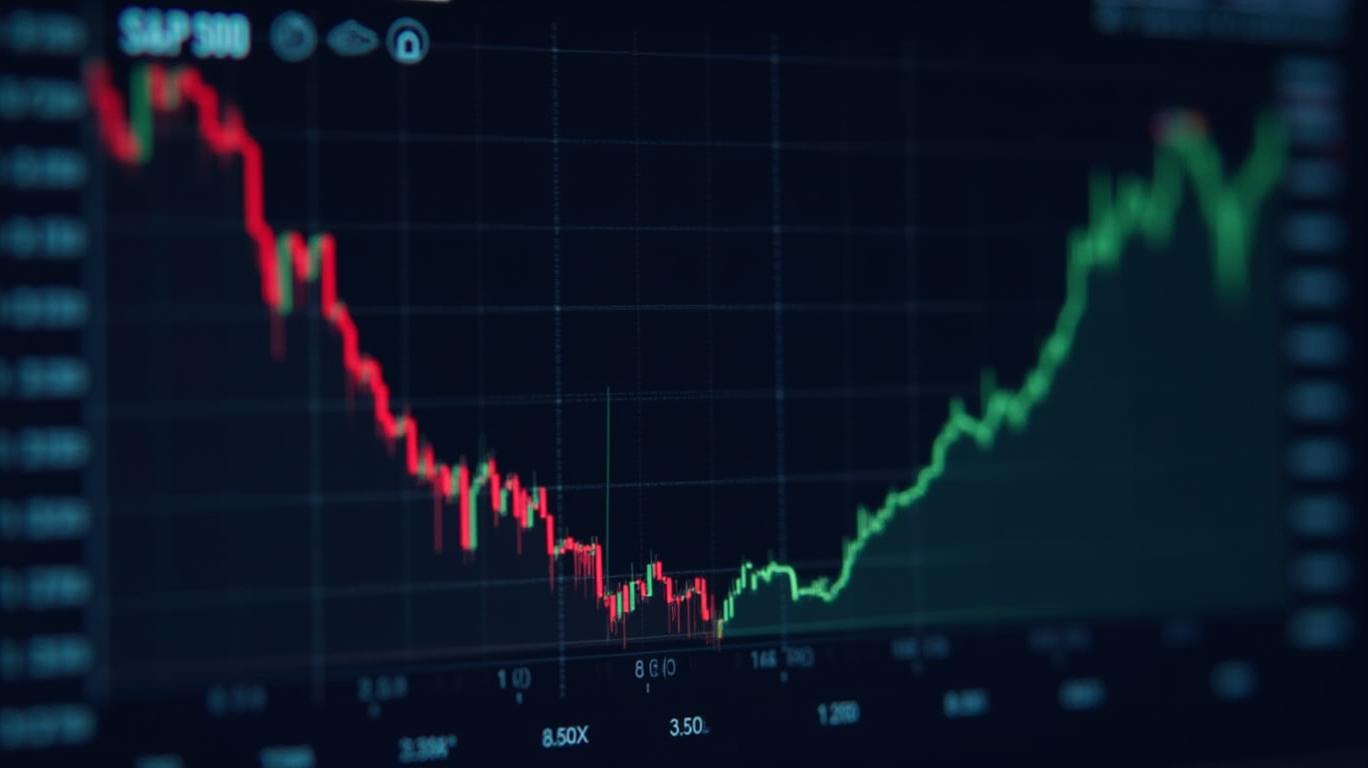Fed Minutes: A Tectonic Shift in Rate Cut Debate
Tuesday, Nov 26, 2024 6:14 am ET
As the Federal Reserve's September meeting minutes are set to be released, market participants await crucial insights into the central bank's stance on interest rates. A key question that has been weighing on investors' minds is the extent to which the Fed will cut rates and the potential implications for the economy. Recent economic indicators, such as the robust labor market and persistent inflation, have fueled the debate over how far the Fed should go in its rate-cutting cycle.
The minutes may reveal a growing divide among Fed officials regarding the appropriate extent of rate cuts. Some policymakers may advocate for a more aggressive approach, arguing that deeper cuts are necessary to combat high inflation and support economic growth. Conversely, others might favor a more cautious stance, seeking to avoid overshooting and destabilizing the economy.

A critical factor driving the debate is the labor market's resilience. Despite recent slowdowns in inflation, the labor market has remained robust, with unemployment rates hovering at multi-decade lows. This tension between a strong labor market and persistent inflation will likely be a central focus of the minutes.
Moreover, the minutes may provide insight into how regional Fed Presidents' views align with those of the Board of Governors. Some regional Presidents, such as James Bullard of St. Louis and Patrick Harker of Philadelphia, have favored more modest rate cuts, while the majority of the Board has leaned toward a more aggressive approach.
Market expectations for rate cuts have also diverged from the Fed's assessments. While investors and economists anticipate multiple 25 basis point cuts, the Fed's September meeting minutes showed a divide among officials, with some favoring a half-point move. This disparity underscores the importance of understanding the Fed's internal deliberations as market participants adjust their strategies.
As the Fed grapples with the balancing act between controlling inflation and supporting economic growth, the minutes may offer valuable insights into the central bank's thinking. The debate over the extent of rate cuts, as reflected in the minutes, will likely have significant implications for investors, businesses, and the broader economy. By staying informed and closely following the Fed's communications, market participants can better navigate the ever-changing landscape of monetary policy.
The minutes may reveal a growing divide among Fed officials regarding the appropriate extent of rate cuts. Some policymakers may advocate for a more aggressive approach, arguing that deeper cuts are necessary to combat high inflation and support economic growth. Conversely, others might favor a more cautious stance, seeking to avoid overshooting and destabilizing the economy.

A critical factor driving the debate is the labor market's resilience. Despite recent slowdowns in inflation, the labor market has remained robust, with unemployment rates hovering at multi-decade lows. This tension between a strong labor market and persistent inflation will likely be a central focus of the minutes.
ABL, ACHR, ADXN, AHR, AISP...Market Cap, Turnover Rate...
Moreover, the minutes may provide insight into how regional Fed Presidents' views align with those of the Board of Governors. Some regional Presidents, such as James Bullard of St. Louis and Patrick Harker of Philadelphia, have favored more modest rate cuts, while the majority of the Board has leaned toward a more aggressive approach.
Market expectations for rate cuts have also diverged from the Fed's assessments. While investors and economists anticipate multiple 25 basis point cuts, the Fed's September meeting minutes showed a divide among officials, with some favoring a half-point move. This disparity underscores the importance of understanding the Fed's internal deliberations as market participants adjust their strategies.
As the Fed grapples with the balancing act between controlling inflation and supporting economic growth, the minutes may offer valuable insights into the central bank's thinking. The debate over the extent of rate cuts, as reflected in the minutes, will likely have significant implications for investors, businesses, and the broader economy. By staying informed and closely following the Fed's communications, market participants can better navigate the ever-changing landscape of monetary policy.

_b905d9341749265671656.jpg)








